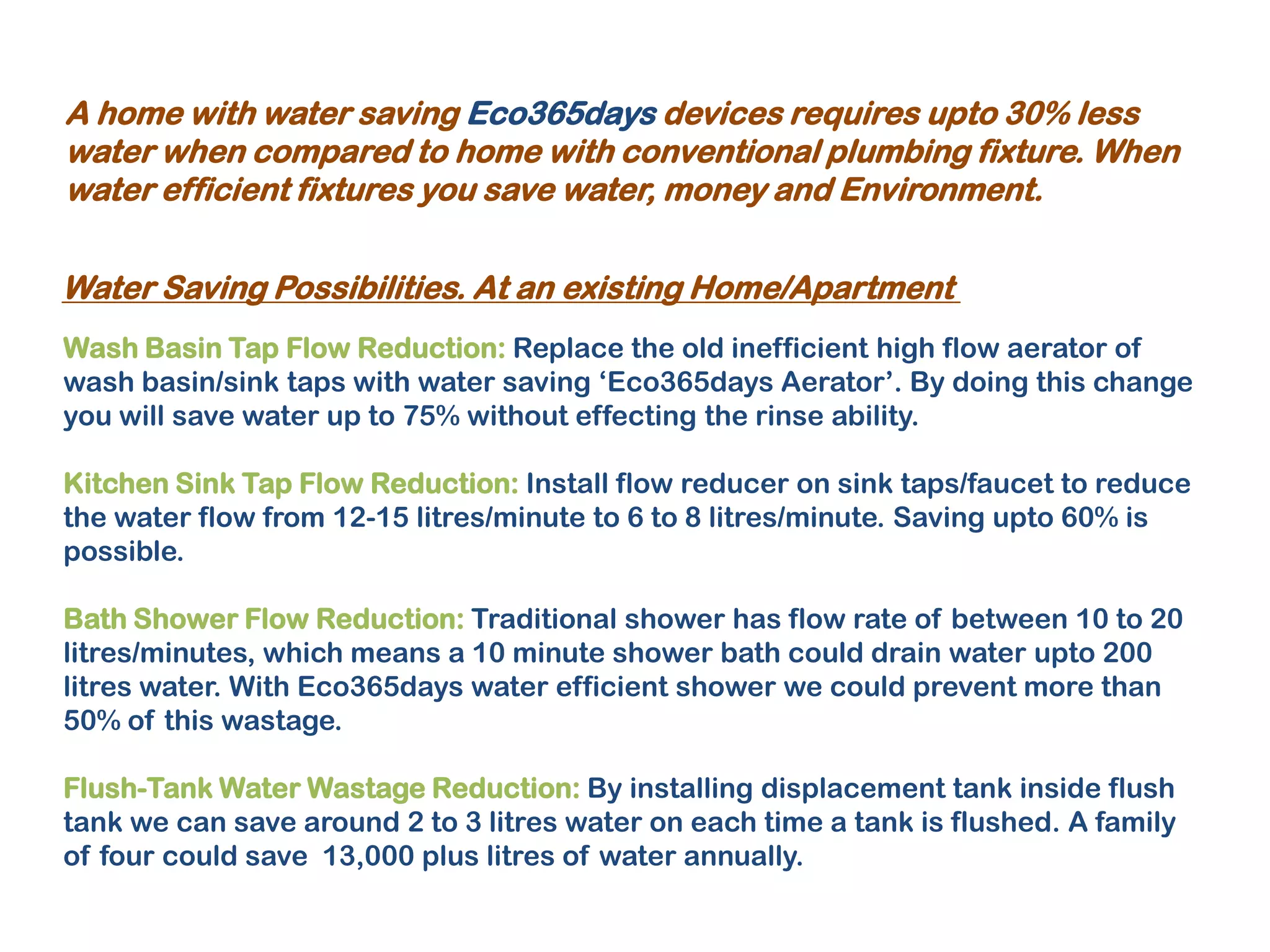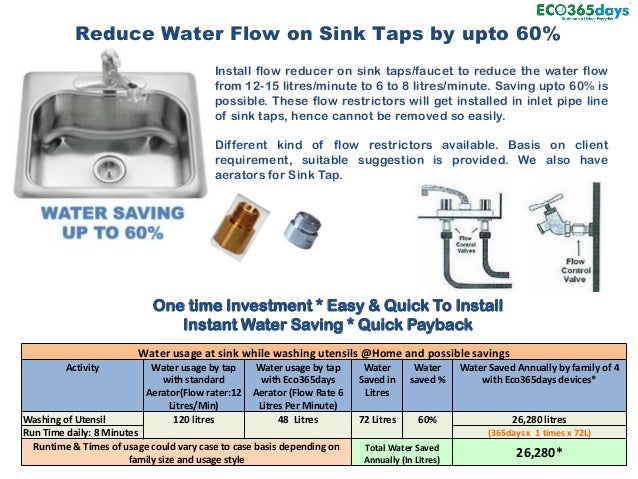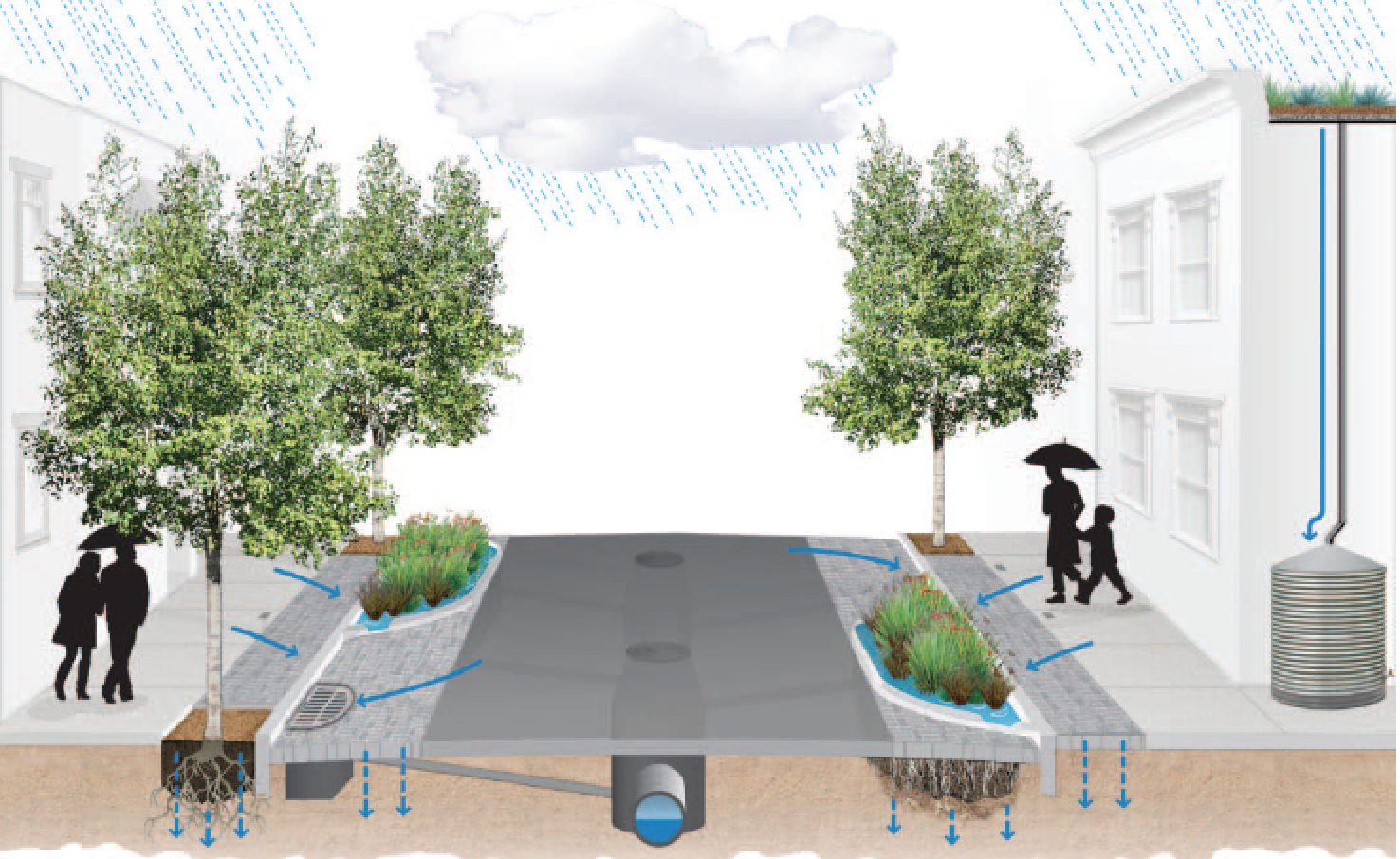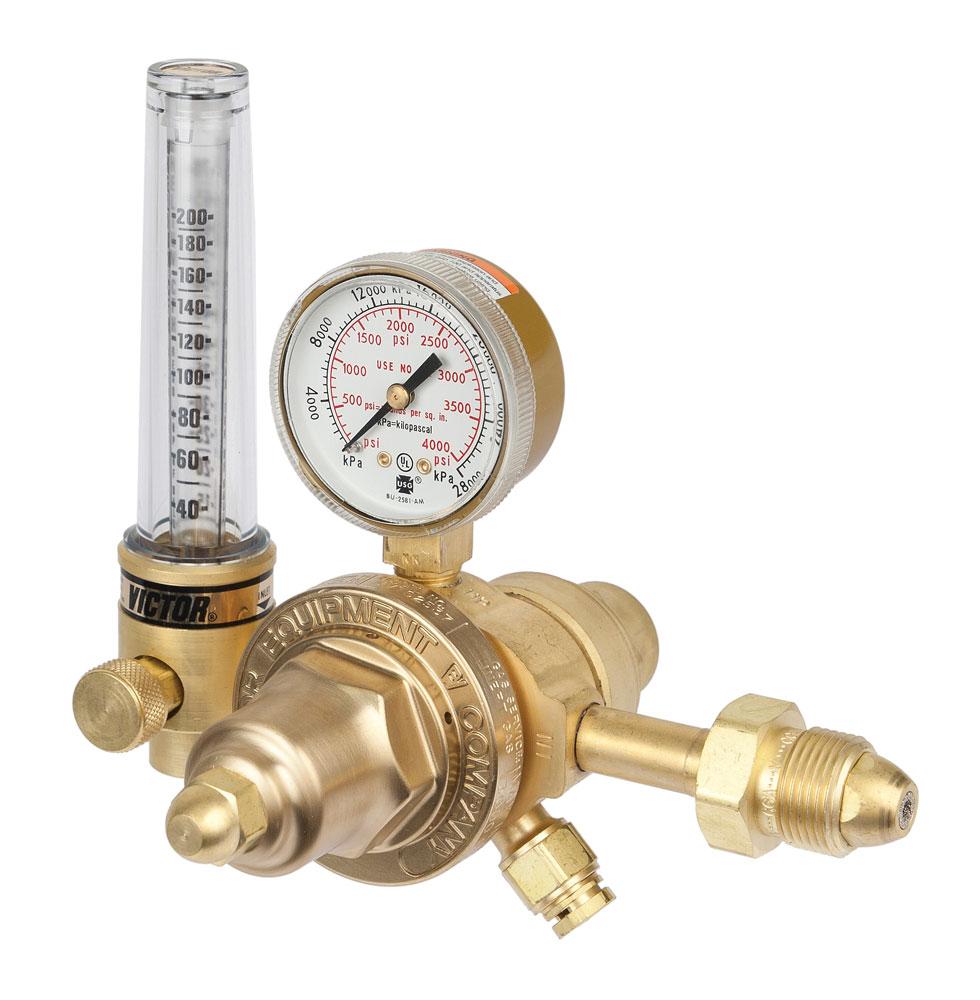We are deeply concerned about the interconnected issues of climate change, real estate developments, government policies, and building bye-laws in Bangalore, especially regarding their impact on water conservation.
- Climate Change: Changing weather patterns and increasing temperatures exacerbate water scarcity issues. Bangalore has experienced erratic rainfall patterns, leading to water shortages.
- Real Estate Developments: Unplanned urbanization and rapid real estate growth can lead to the depletion of natural water sources, such as lakes and groundwater aquifers, through land encroachment and pollution.
- Government Policies: Policies related to land use, water management, and urban planning play a significant role in shaping how resources are utilized. Ineffective or outdated policies can contribute to unsustainable practices.
- Building Bye-laws: Regulations governing construction often overlook water conservation measures, leading to inefficient water usage in buildings and infrastructure.
Here's why these factors are critical:
Here are some recommendations for incorporating water conservation measures into building bye-laws, even for smaller houses, in Bangalore:
- Mandatory Rainwater Harvesting: Bangalore's average annual rainfall of approximately 970mm is based on data provided by the Indian Meteorological Department (IMD) and is widely accepted in meteorological studies. Studies conducted by organizations such as the Centre for Science and Environment (CSE) have shown that well-designed rainwater harvesting systems can capture up to 50% of rainfall, providing reliable additional water sources for households (CSE, 2020).
- Greywater Recycling: The estimate of 50-80 liters of greywater generated per person per day in urban households is supported by research conducted by organizations like the United Nations Environment Programme (UNEP). Studies published in peer-reviewed journals, such as the Journal of Water Reuse and Desalination, have demonstrated that greywater recycling systems can achieve water savings of 30-50%, making them a reliable solution for reducing freshwater demand (UNEP, 2018).
- Water-Efficient Fixtures: The effectiveness of water-efficient fixtures in achieving water savings of up to 30-50% compared to conventional fixtures is well-documented in research published by organizations like the Environmental Protection Agency (EPA) and the World Bank. Peer-reviewed studies, including those published in journals such as Water Research, provide reliable evidence supporting the use of water-efficient fixtures in reducing water consumption (EPA, 2020; World Bank, 2019).
- Permeable Surfaces: Studies conducted by academic institutions such as the Indian Institute of Science (IISc) have shown that permeable surfaces can reduce stormwater runoff by up to 80%, based on empirical data collected from experimental sites in urban areas. Research published in journals such as the Journal of Hydrology provides reliable evidence supporting the effectiveness of permeable surfaces in replenishing groundwater resources and mitigating urban flooding (IISc, 2017).
- Water-Sensitive Landscaping: The water savings potential of native landscaping and water-efficient irrigation techniques, up to 50%, is supported by research conducted by organizations like the International Water Management Institute (IWMI). Peer-reviewed studies, including those published in journals such as Landscape and Urban Planning, provide reliable evidence demonstrating the benefits of water-sensitive landscaping in reducing outdoor water use and enhancing urban biodiversity (IWMI, 2020).
- Water Metering: The water savings of 15-20% associated with individual water metering are based on data collected from various water utilities and municipalities worldwide, including those in developed countries such as the United States and Australia. Studies published in journals such as Water Resources Research and Utilities Policy provide reliable evidence supporting the effectiveness of water metering in promoting water conservation behaviors (Gleick et al., 2019; Davies et al., 2018).
- Education and Outreach: The effectiveness of education and outreach campaigns in promoting behavior change and achieving water savings of up to 25% is supported by research conducted by organizations such as the Water Research Foundation (WRF) and the International Water Association (IWA). Peer-reviewed studies, including those published in journals such as Journal of Environmental Management, provide reliable evidence demonstrating the impact of education and outreach on water conservation (WRF, 2021; IWA, 2017).
- Incentives and Rebates: The water savings of up to 30% associated with incentives and rebates for water-efficient upgrades are based on data collected from incentive programs implemented by water utilities and governments globally. Research conducted by organizations such as the Pacific Institute and the Alliance for Water Efficiency provides reliable evidence supporting the effectiveness of financial incentives in promoting water conservation (Pacific Institute, 2020; AWE, 2019).
By integrating these evidence-based recommendations into building bye-laws, Bangalore can enhance its resilience to water scarcity while promoting sustainable development practices across the city, supported by reliable data from reputable sources.
:max_bytes(150000):strip_icc()/rainwater-harvesting-system-isometric-diagram-1201105579-34cb7b27492f42c387b89fd903a16ba4.jpg)










No comments:
Post a Comment